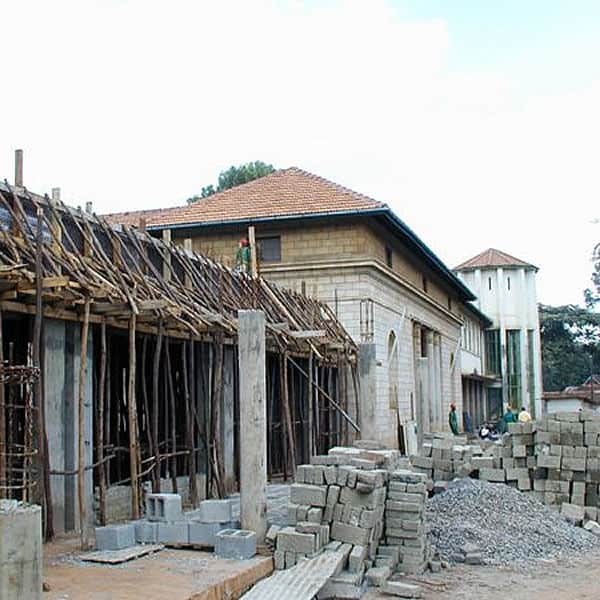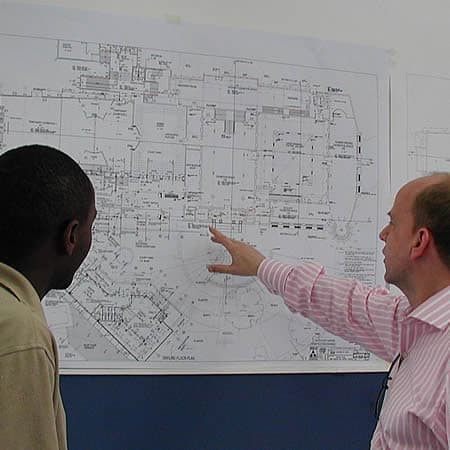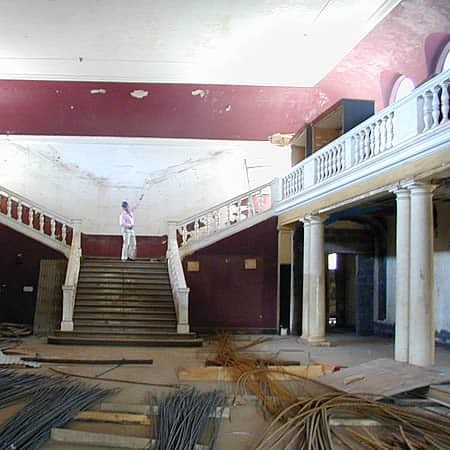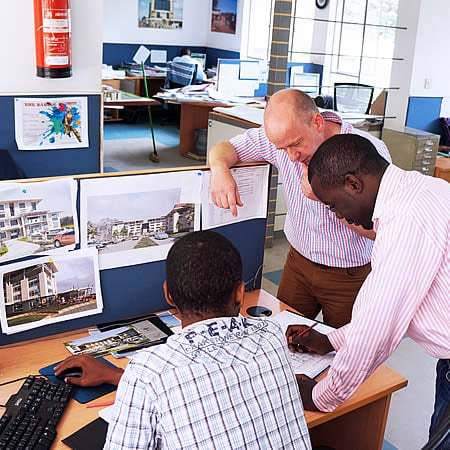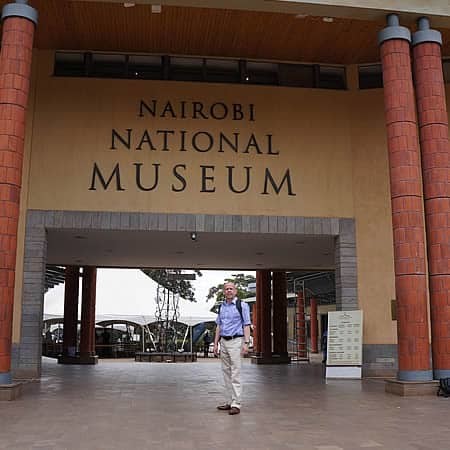National Museums Of Kenya – Museum Lighting Design
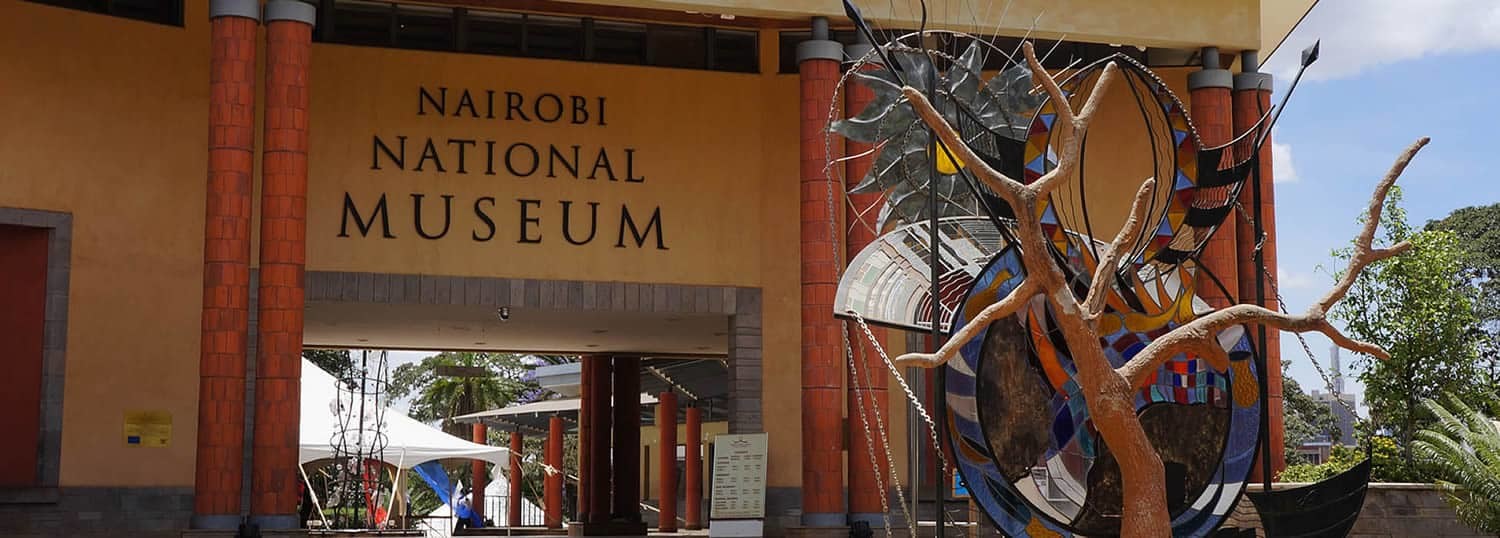
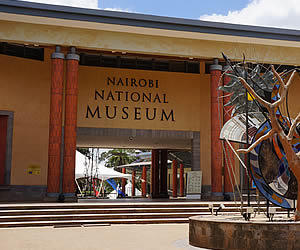
National Museums of Kenya
Project Brief
Triad Architects contacted our team early on in this museum lighting design project for the National Museum of Kenya in Nairobi. We worked with Triad on-site in Nairobi alongside their staff as well as the museum staff. Triad is the largest architectural firm in Southeast Africa. Moreover, they have completed a huge number of prestigious projects in Africa and India over their 50-year history. Furthermore, the National Museum of Kenya in Nairobi was a European-funded project. The museum houses temporary and permanent exhibits and is famous for its unique collection of Leakey’s Skull. Interestingly, these human skulls are the oldest ever found anywhere in the world. Within a matter of days, we arrived in Nairobi to commence work.
This museum project involved renovating the existing 1930s colonial building. Additionally, it also included adapting the underused spaces to galleries and the design of a new entrance, visitors centre, and galleries. Initially, we made a project site visit to get a better understanding of many of the elements that could influence this lighting scheme. For example, how much ingress of natural light into each gallery, how much natural light was required, what each gallery would be displayed etc. Any prolonged exposure to any light would be harmful to the delicate items in their collection.
We are specialist conservation and lighting designers.
Thus, we were able to impart invaluable information on how best to treat individual galleries and public spaces. Next, we had a meeting with all the interested parties. These included architects, engineers, museum staff, and the European funding authority. In a team environment, we started to look at each space and overview the architects’ designs. You must remember that a museum lighting designer or any museum specialist is unheard of in Kenya.
Normally, lighting would be very basic, and the task is left to the architect and electrical engineers to work out. During the succeeding meetings, we worked with Triad Architects to build a flexible lighting design solution for the project. Furthermore, this lighting scheme had to be affordable, given their small budget. The lighting in the galleries would mainly utilise track lighting mounted in a modular grid format. This was positioned so that both 2D and 3D items could be lit with high-quality light. Consequently, this methodology is the most flexible and can achieve the highest quality of lighting.
Moreover, it would also allow galleries to change displays over time while the lighting can accommodate the changes. This is completely the opposite of fixed lighting fixtures that can only swivel and tilt, leaving them always in the wrong position or location within the gallery. This enviably leaves museum items where it is not possible to direct or receive quality lighting.
Following this, our lighting designers also advised on the use of fibre optic lighting within the museum showcases. These were eventually manufactured in Belgium by one of the three manufacturers we recommended to the architects.
“The new visitor centre building worked seamlessly with the existing museum structure.”
The main advantage of fibre optic lighting over other showcase lighting equipment is that there is no heat buildup within the showcase. In addition, once the fixtures are focused, they never need to be altered for re-lamping. The latter is true of LEDs due to their long life span, but they still do generate heat.
Furthermore, during many meetings, it became clear to all parties that we had a world-class reputation in museum design. This was quickly seized upon, and we were asked to overview the architects’ visitor flow and the museum design layouts. One of the significant alterations was changing the entrance and exit strategies. The original design caused a bottle next to visitors to leave and exit at the exact location. We advised that it would be far better to change this design and make visitors exit the museum by passing to the side of the museum shop. Subsequently, this would reduce the bottleneck of visitors and increase sales in the museum shop. This is a trusted formula we use in most of our museum designs. Moreover, this solution helps raise essential funds from shop sales for museums’ funding.
Several of our museum design suggestions were also adopted before we returned to the UK. The National Museum of Kenya opened its doors some 12 months later to great acclaim. The new visitor centre building worked seamlessly with the existing museum structure. Triad was very impressed with our professionalism and dedicated design approach. Consequently, we have worked with Triad on several other commercial projects since.

